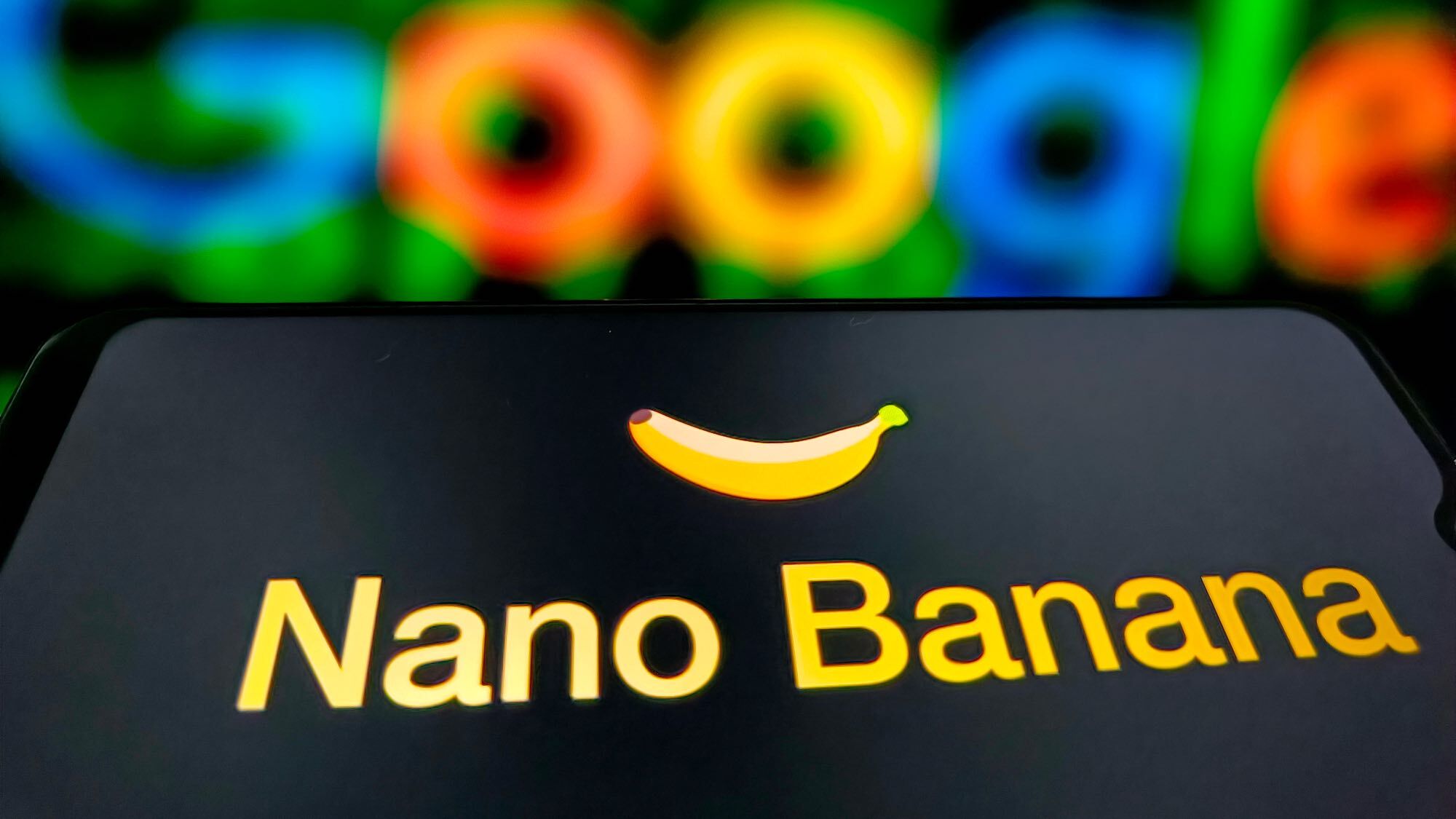The challenges of making affordable 5G phones

Where 5G is concerned, it's safe to say we've been promised the moon, sun and stars.
It's not that the technology isn't exciting or revolutionary. It most definitely is — compared to previous generations of wireless technology, 5G is faster, more reliable, and capable of handling more simultaneous data streams. In plain English, what that means for the average consumer is faster downloads, lower latency, better data plans, more powerful apps and a ton of cool new tech.
Given all the fascinating potential applications of 5G technology, it's easy to forget that it's still extremely early in its lifecycle. It will likely be years before the sort of advancements we've described above become commonplace.
Unfortunately, COVID-19 has created significant setbacks. Research and deployment in many areas has been either slowed or halted outright. And it isn't as though things were moving particularly fast in the first place.
5G is still moving in baby steps…

There's nothing wrong with daydreaming about the future of 5G. But we need to acknowledge that it's a future we won't be able to achieve if we don't push past the tech's initial hurdles. The most pressing of these at the moment can be summed up with one word — money.
Simply put, 5G smartphones are currently far too expensive. And while there have been some developments in that arena, such as the release of a new Qualcomm chipset, prices still seem to be going up. Why is that, exactly?
There are a few reasons.
Flagging flagships
Many smartphone manufacturers are pushing out new devices more or less annually. Each new iteration of a flagship is packed with cutting-edge features and hardware. And that, in turn, results in rising prices, even as the performance gap between older and newer models becomes increasingly smaller.
This is something that would be happening with or without the development of 5G, which has only amplified the issue.
A familiar tale
The pricing issues of 5G are hardly unique. Back when 4G was released, people raised similar complaints about how much it amped up smartphone costs. This didn't just happen with 4G, either.
New technology always tends to be expensive at first.
There was a time when fingerprint scanners weren't commonplace. A time when smart homes were solely the domain of the ultra-rich. A time when mobile phones were almost exclusively used by lawyers and other highly-paid professionals.

New technology means new technical, hardware and design challenges. Manufacturers have to fit a ton of new bits and pieces into their devices while also ensuring they remain aesthetically-pleasing and easy to use. Such extensive research and development efforts tend to come with a hefty price tag.
Deployment difficulties
5G requires entirely new infrastructure in order to reach its full potential. We're talking about thousands of kilometers of coverage and countless new towers. As noted by CNet, 5G connectivity is therefore a multibillion dollar endeavor, and some of those costs will naturally trickle down to the consumer from carriers.
Materials issues
Just as the coronavirus pandemic threw a wrench into development and deployment, it's also had a significant impact on supply chains. Due to lockdown efforts, it's grown increasingly difficult for businesses to acquire necessary products and materials. For instance, in a survey published by Statista, roughly 69% of respondents indicated that COVID-19 had a detrimental effect on their logistics and 73% said that it negatively impacted their supply.
The supply chain woes of smartphone manufacturers cannot solely be traced to the pandemic, however. For years, the mobile industry has been facing down a looming shortage of critical materials. This too has a noticeable impact on pricing.
...But that doesn't mean 5G should break the bank
Costly network deployments. Material shortages. Technological hurdles and unsustainable release cycles.
The challenges facing 5G are many and varied. It's inevitable that they'll have some impact on pricing. But should a 5G smartphone really cost upwards of a thousand dollars?
If it's a flagship? Maybe. But in that case, it's important to remember you could be paying just as much for the brand name as for the materials.
If you feel that's worth it — if you're okay with paying a premium to have the latest Galaxy, Pixel, or iPhone — then more power to you. But just know that you don't need to pay an arm and a leg for 5G. You can embrace the future of smartphones for much, much less.
Here's where TCL comes in. A globally-trusted leader in consumer electronics, it has for the past several years leveraged new hardware and manufacturing developments to ensure its mid-range smartphones can stand on equal footing with even high-end devices. The 5G edition of the TCL 10 Pro is a prime example of this, retailing for just $400.
Most notably, it does this while offering equivalent specs to devices sold at significantly higher price points. It's proof positive that the pricing barriers of 5G connectivity are slowly but surely falling away. Now all we need is for someone to remind flagship manufacturers of that fact.
The future of 5G is closer than you think

We're likely still decades away from the connected, autonomous future envisioned by proponents of 5G. But that future is one that starts with mobile carriers. The infrastructure they're building may one day soon support far more than just smartphones and tablets.
In the meantime, 5G devices are becoming more affordable by the day. It likely won't be long before the technology becomes just as commonplace as fingerprint sensors and smart appliances. Because while 5G isn't without its challenges for both carriers and manufacturers, none of those challenges are insurmountable.
And it's only a matter of time before we see them conquered for good.
Get instant access to breaking news, the hottest reviews, great deals and helpful tips.
